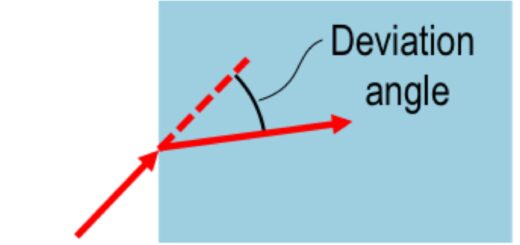Effect Size in Data Analysis
Effect Size in Data Analysis, When studying statistics, we often fixate on whether results are “statistically significant.”
However, effect size – a concept that tells us how much something matters rather than just whether it matters – often gets overlooked.
Yet understanding effect size could be the difference between making good decisions and being misled by your data.
What Is Effect Size, Really?
Effect size is a standardized measure of how large a difference or relationship is between groups or variables.
While statistical significance tells you if a difference exists, effect size tells you if that difference is meaningful in the real world.
It’s like the difference between knowing that one tree is taller than another (significance) versus knowing that it’s 50 feet taller (effect size).
Effect Size in Data Analysis
The concept of effect size typically becomes challenging for three main reasons:
- Focusing too much on statistical significance and forgetting that tiny differences can be significant with large enough samples
- Getting overwhelmed by the various types of effect size measures (Cohen’s d, r, η², odds ratio, etc.)
- Struggling to interpret effect size values in practical, real-world terms
Think of it this way: If statistical significance is like a metal detector beeping to tell you there’s metal present, effect size is like a ruler telling you how big that metal object actually is.
Common Effect Size Measures
Different situations call for different effect size measures:
- Cohen’s d: For comparing means between groups (like treatment vs. control)
- Correlation coefficient (r): For relationships between continuous variables
- Odds ratio: For relationships between categorical variables
- R-squared: For variance explained in regression
Each tells a different story about your data’s practical significance.
Why Effect Size Matters
Understanding effect size is crucial because it:
- Helps you make practical, real-world decisions based on your analysis
- Enables meaningful comparisons across different studies and contexts
- Supports power analysis for planning future research
- Prevents overreliance on statistical significance alone
Common Pitfalls to Avoid
- Don’t automatically assume larger effect sizes are better – sometimes small effects can be practically important, especially in medical or educational contexts.
- Avoid using Cohen’s general guidelines (small, medium, large) without considering your specific field’s standards.
- Be cautious about comparing effect sizes across different types of measures or research domains.
A Practical Example
Imagine two studies on reading interventions:
- Study A finds a “highly significant” (p < .001) improvement with an effect size of 0.1
- Study B finds a “marginally significant” (p = .04) improvement with an effect size of 0.8
Despite Study A’s more impressive p-value, Study B’s intervention had a much larger practical impact.
This illustrates why we need both statistical significance and effect size to make informed decisions.
Building Your Effect Size Intuition
Here’s a helpful way to develop intuition: Think about everyday differences you’re familiar with.
The height difference between men and women has an effect size (Cohen’s d) of about 1.4.
The IQ difference between college and high school graduates has an effect size of about 0.8.
Using these reference points can help you contextually interpret effect sizes in your own work.
The Bigger Picture
Effect size is part of a broader movement toward more meaningful statistical reporting.
By considering both the existence (significance) and magnitude (effect size) of differences or relationships, we make better-informed decisions.
In an era of big data where almost everything can be “significant,” understanding effect size becomes even more crucial for separating meaningful insights from statistical noise.
The true value of effect size lies in its ability to bridge the gap between statistical analysis and practical application, helping us answer not just whether something works, but whether it works well enough to matter.
By incorporating these insights into your data analysis, you ensure that your findings are not only statistically sound but also practically significant.
Dive deeper into your data and uncover the true impact with a robust understanding of effect size.
Effect Size in R-Cohen’s d » FINNSTATS




